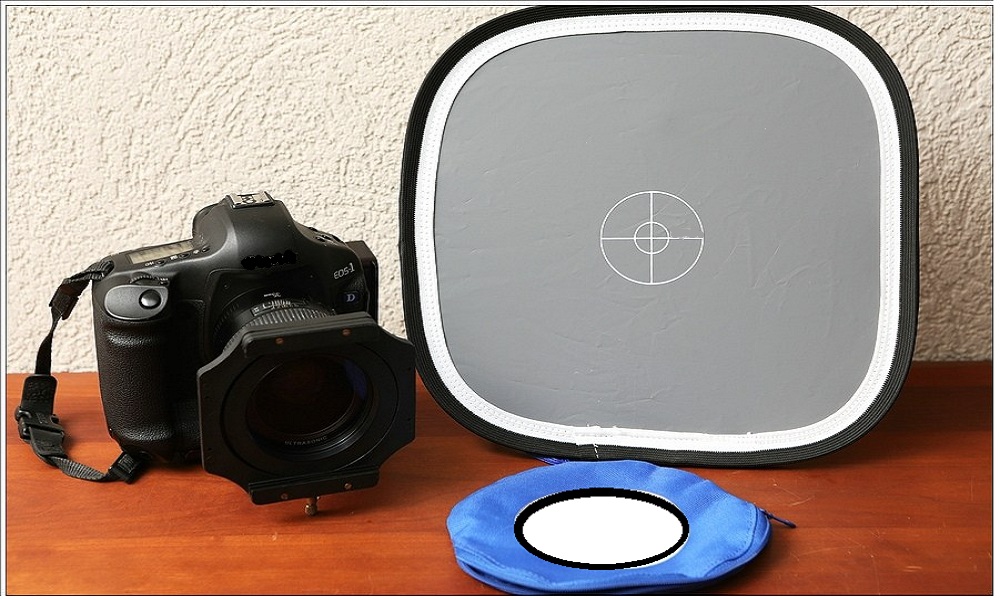What is a grey card?
It is a card used as a reference point by photographers to enable them to adjust the camera exposure and white balance settings. The right camera exposure and white balance are essential for quality photography. The card directs the camera to understand and adjust accordingly to the real-time conditions of the photography scene. The settings obtained will thereafter be used for all the pictures taken in the same place at the same time. It will prompt the camera to compensate for any external illuminations that may affect the colour of the target object before the real photo shoot is done. Using the card correctly will greatly impact on the clarity and accuracy of the colours in the photos taken.
Using the grey card
Relying on the camera’s white balance algorithms can be quite unsatisfactory and imperfect. A Gray Card can do much better. Every real photographer prefers a more colour-sensitive and easy-to-work with option. So, where and how can you use a grey card?
Grey card for staged photography
Though there is the white balance adjustment option in a camera, quality photos are the products of general colour accuracy rather than white balance only. Thus, a grey card is necessary. But, why a grey card? The colour used in a making this card is deemed to be tone neutral. And the camera knows that too. Hence, the camera will be so keen to realize any stray illuminants. Now, to use it, place the card where the subject will be. If the shot will be a portrait, let someone hold it in front of his or her face at that same position. Take the test shot. Later on, use photoshop or any Color Correction service provider to adjust the images taken to the same lighting conditions as in the test shot.
Grey card for general photography
A grey card can also be very useful for everyday photos. If you intend to do some colour correction later, using a grey card could be something necessary. Photos are taken on different places and settings every day. This might alter the accuracy of colours in the images. Taking a test shot with a grey card before shooting the other pictures could be helpful. Lot of companies providing Photo Retouching Services prefer a grey card to do colour correction to balance everything. Remember to take different test shots for different locations.
Benefits of a grey card
Exposure management – Though the average exposure meter is fair enough, a grey card can do much better. On normal conditions, an exposure meter can be great; but on more unfriendly conditions like snow, a grey card will be more than necessary. Readings from a grey card are more accurate in such scenarios.
Colour balance – Balancing the colour of an image requires a clear illustration of the condition that the image was taken. A grey card lit in the same scene that the photo was shot is the best reference for colour balancing. An imaging software application like Photoshop can then be used to balance the light conditions to achieve accurate colour balance.
White balance – With digital cameras, a photographer can instruct the camera to adjust automatically to certain white balance conditions depending on the scene. And as a fact, the colour of light not only depends on the time of the day but also the source of the light. At times, the camera can be tricked to adjust itself to some white balance setting while in the real sense it shouldn’t. This happens when some colour dominates the scene. A grey card can be the perfect remedy here as it enables the photography to set the white balance manually, hence catching the real thing.

